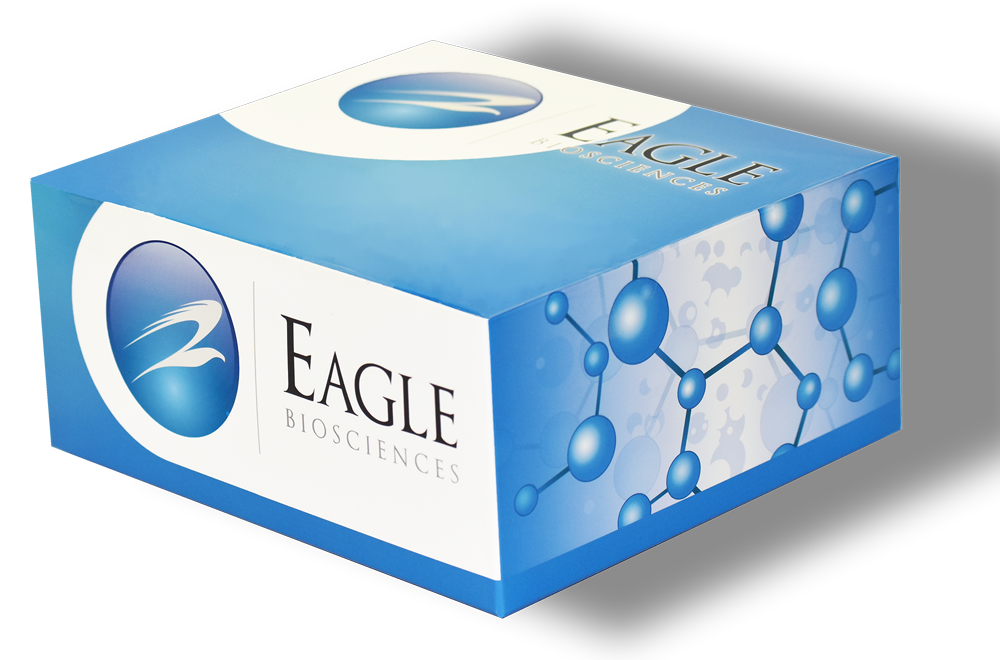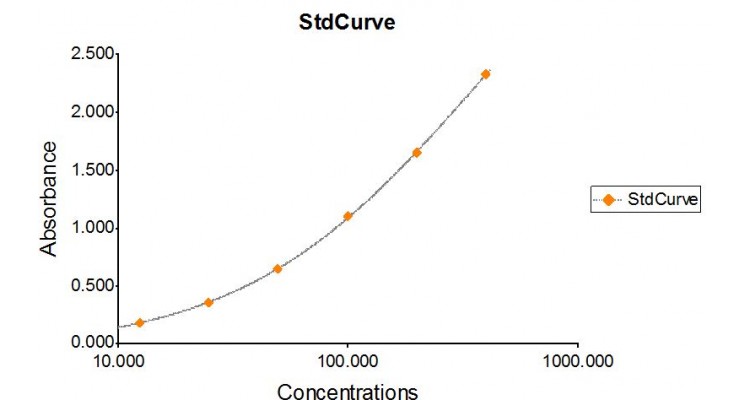Human fibrinogen is a soluble plasma glycoprotein produced by the liver and plays a key role in blood coagulation. During the clotting process, thrombin cleaves fibrinogen to form fibrin, which polymerizes to form a stable blood clot. Fibrinogen also contributes to wound healing, inflammation, and cellular interactions. As a biomarker, fibrinogen is widely used to assess coagulation status, inflammation, and cardiovascular risk.
In clinical settings, fibrinogen levels are routinely measured in patients with bleeding disorders, disseminated intravascular coagulation (DIC), liver disease, and during surgical procedures to evaluate clotting function. Elevated fibrinogen levels can indicate acute-phase responses to inflammation or infection, while low levels may suggest liver dysfunction, excessive clot breakdown, or genetic fibrinogen deficiencies. Fibrinogen is also used to monitor therapy with anticoagulants or fibrinolytic agents.
In research, human fibrinogen is studied for its role in thrombotic diseases such as stroke, myocardial infarction, and deep vein thrombosis. It also serves as a marker in studies exploring systemic inflammation, sepsis, and cancer progression. Because of its dual role in coagulation and inflammation, fibrinogen is a valuable biomarker in both mechanistic studies and therapeutic development.
This product is manufactured in USA by Eagle Biosciences.


